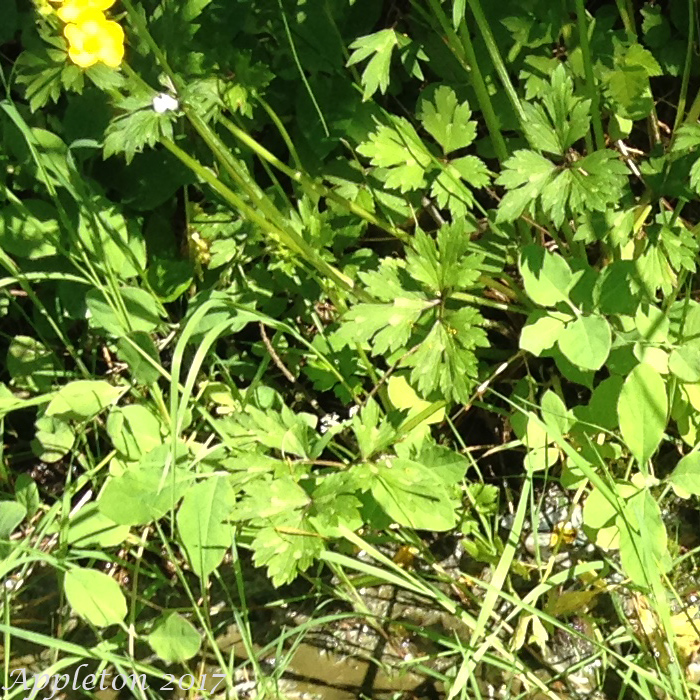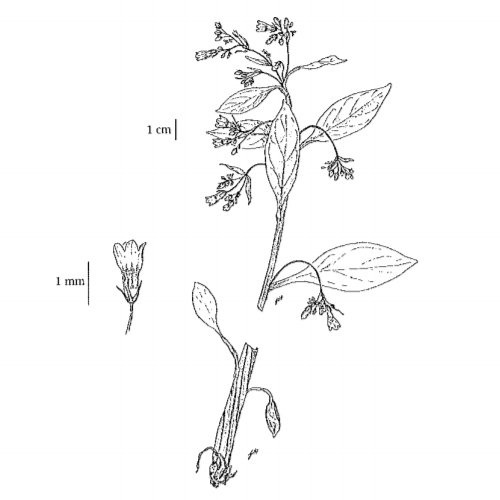 Photo 1. General image of Ranunculus repens Photo 1. General image of Ranunculus repens
|
Description
Ranunculus repens, commonly known as Creeping buttercup, is a provincially yellow listed wildflower in BC. Federally it is not listed. It is part of the buttercup family with a perennial lifecycle. They are commonly found in riparian, meadow, mixed forest, deciduous forest, disturbed, urban or rural habitats. Ranunculus repens is a wildflower that is to 100 cm long. The leaf shape is elliptic (oval, with a short or no point), ovate (oval, egg-shaped, with a tapering point and the widest portion near the petiole), lobed (being divided by clefts, may be pinnately lobed or palmately lobed) or oblong (having an elongated form with slightly parallel sides, roughly rectangular). Their edges are dentate. Leaves are arranged alternate or rosette. Leaves are the lower long-stalked and 1.5-10 cm wide. The stems form is creeping and erect. It has a hairy surface. The flowers have 5 yellow pedals or sepals. Flowers are flower stalks to 15 cm long and 1.5-3 mm wide. Fruit are approximately 0.8-1.2 mm long and 2-2.8 mm wide. The fruit are egg-shaped and smooth. It has a fibrous or hairy root structure. Their prefered habitat is riparian, meadow, mixed forest, deciduous forest, disturbed, urban or rural. Sun exposure is typically full sun, sun or shade, shade or shade. They typically grow in loamy soil. Moisture requirements are moist soil, moist soil, moist soil or dry. And the pH requirements are neutral or slightly acidic. It can be found from 0 m to 500 m in elevation. It can be found in British Columbia, Canada. Ranunculus repens is found in the coastal-western-hemlock biogeoclimatic zone(s). |






















































































